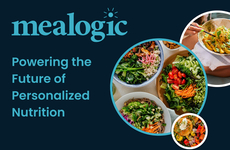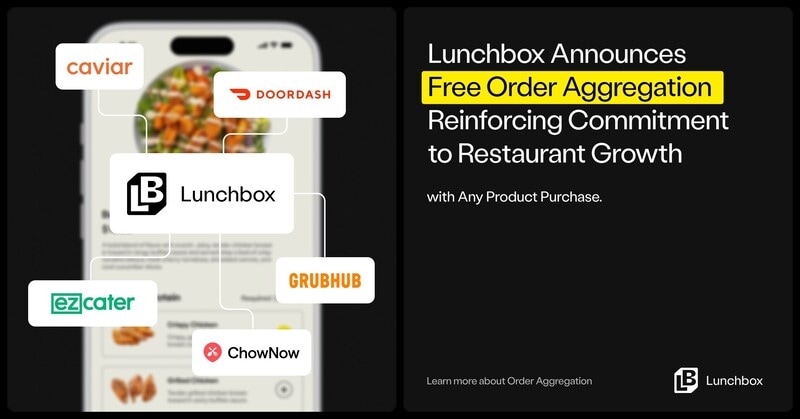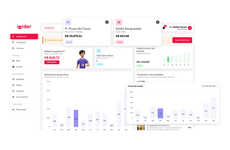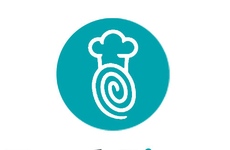
Lunchbox Helps Restaurants Grow Their Revenue
References: lunchbox.io & prnewswire
Lunchbox, a prominent provider of digital solutions for the restaurant industry, has introduced a significant shift in its service model by including Order Aggregation — a middleware tool that consolidates third-party delivery orders—at no additional cost with any product purchase. This strategic decision reflects the company’s broader initiative to reduce operational expenses for restaurants while encouraging investment in revenue-generating technologies such as catering services, multi-channel ordering systems, and customer engagement tools. By eliminating what it considers an outdated fee structure, Lunchbox positions itself as an operator-centric alternative to legacy providers that still charge separately for essential connectivity features.
Lunchbox's Order Aggregation feature will likely gain traction immediately for its removal of recurring expenses that many businesses previously had to factor into their budgets. Second, the integration of Order Aggregation streamlines operations by automatically funneling orders from platforms like DoorDash, Uber Eats, and Grubhub directly into point-of-sale systems, which reduces manual entry errors and improves efficiency.
Image Credit: Lunchbox
Lunchbox's Order Aggregation feature will likely gain traction immediately for its removal of recurring expenses that many businesses previously had to factor into their budgets. Second, the integration of Order Aggregation streamlines operations by automatically funneling orders from platforms like DoorDash, Uber Eats, and Grubhub directly into point-of-sale systems, which reduces manual entry errors and improves efficiency.
Image Credit: Lunchbox
Trend Themes
1. Cost-free Order Aggregation - Eliminating fees for Order Aggregation introduces a new standard in reducing operational costs for restaurant operators.
2. Middleware Consolidation - Integrating middleware tools into existing platforms enhances operational efficiency by automating order processing from multiple delivery services.
3. Investment in Revenue-generating Technologies - Providers are encouraging spending on innovative technologies like catering services and multi-channel systems by reducing unnecessary service charges.
Industry Implications
1. Restaurant Technology - The restaurant tech industry is increasingly offering more integrated solutions to streamline operations and reduce overhead.
2. Food Delivery Platforms - Companies involved in food delivery are adapting by providing seamless integration capabilities to enhance service offerings for restaurant clients.
3. Operational Software Solutions - The trend towards no-cost features in essential software disrupts traditional pricing models, prompting a reconsideration of how value is offered to businesses.
4
Score
Popularity
Activity
Freshness























